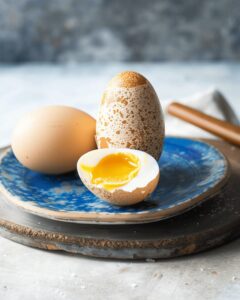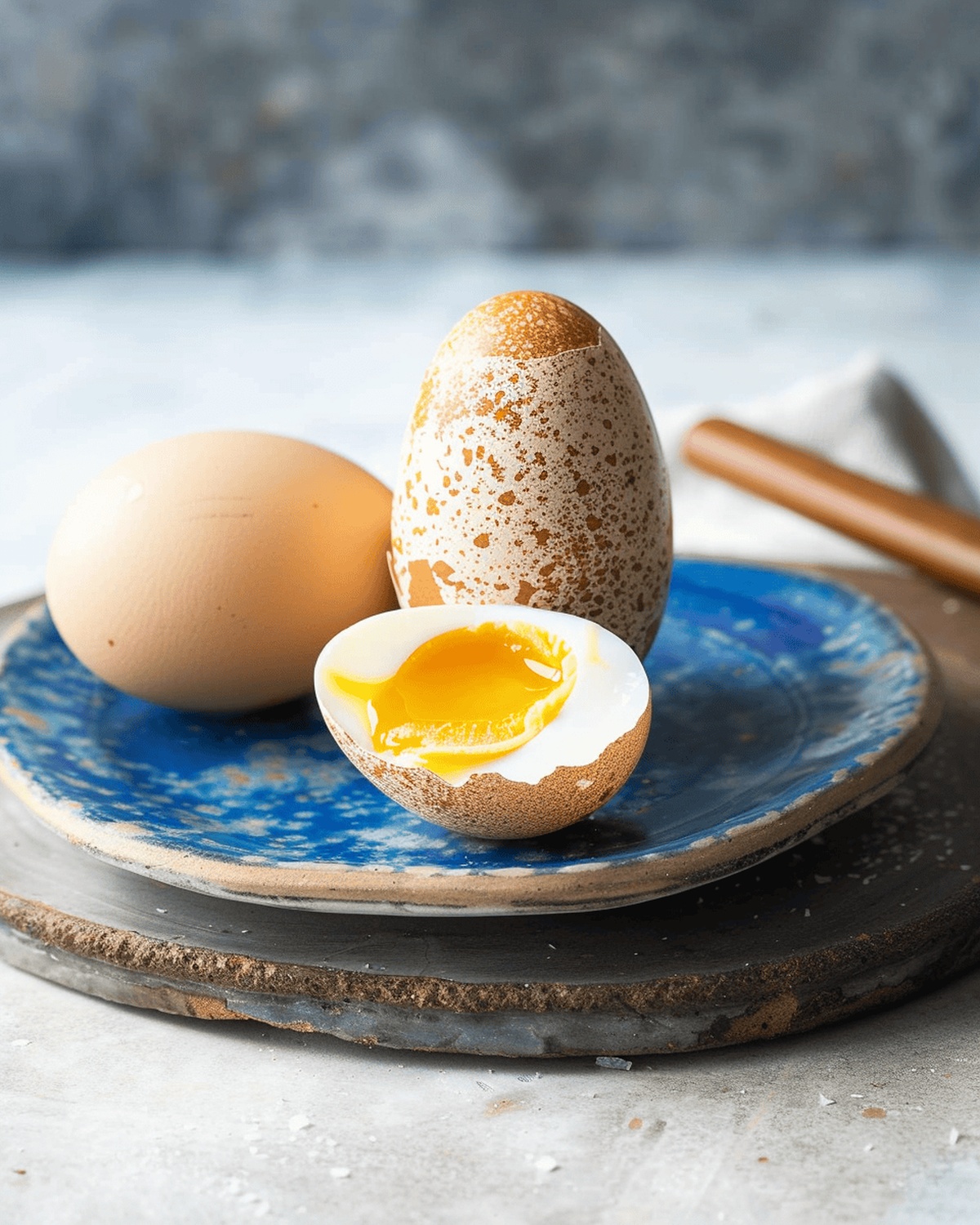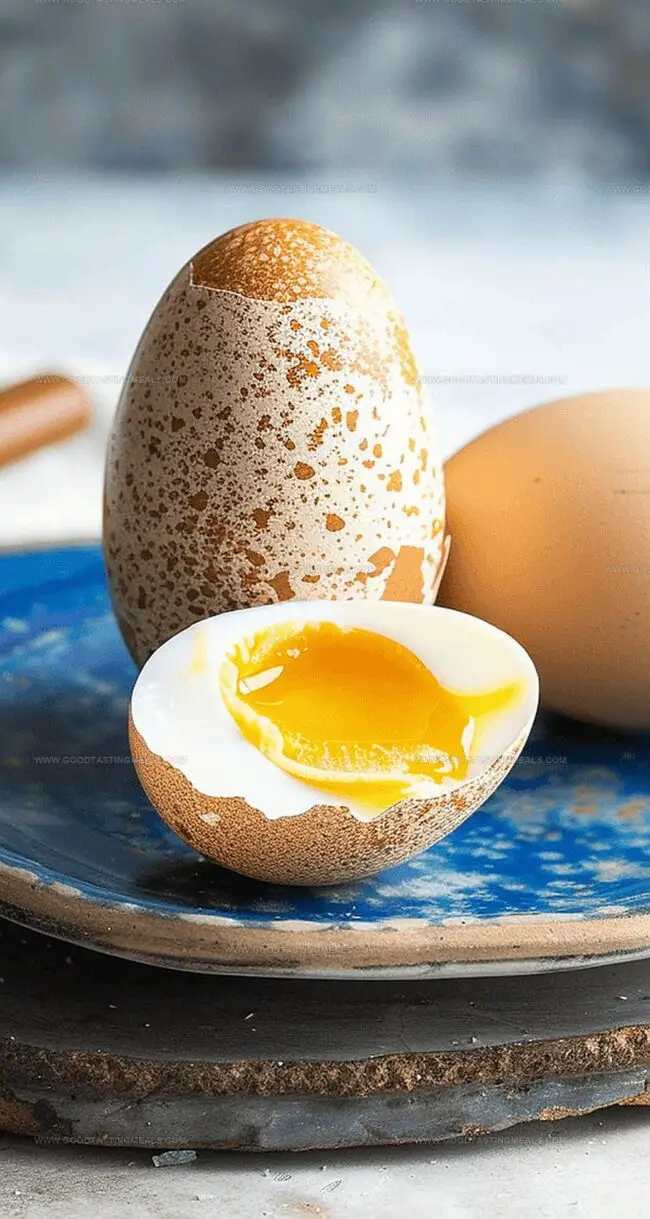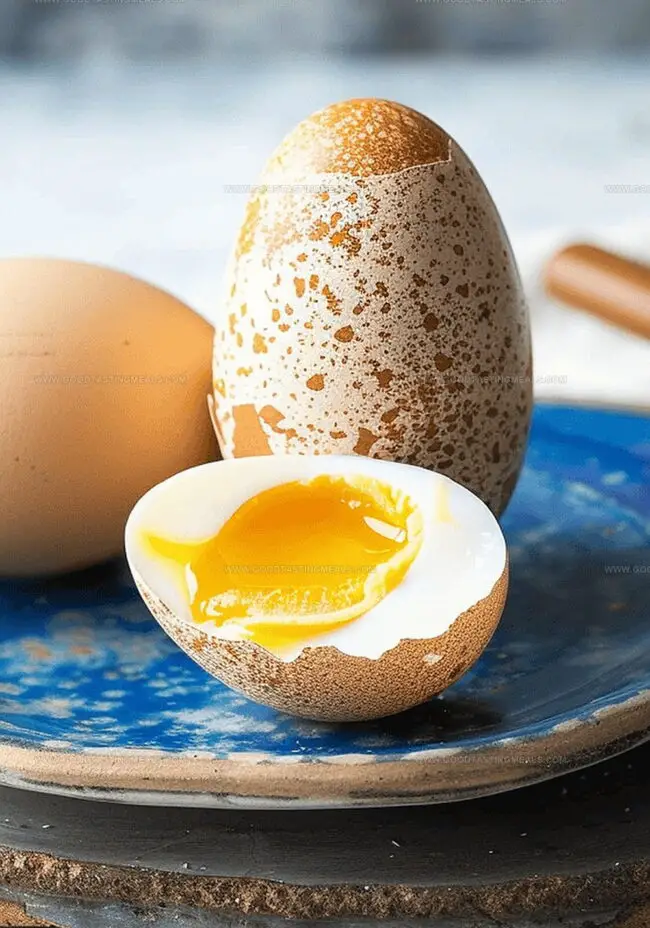Easy Boil Eggs Recipe for Breakfast Success
Boiling eggs seems simple, yet mastering the perfect technique requires precision and understanding.
Culinary enthusiasts know that achieving consistently excellent results depends on multiple subtle factors.
Temperature plays a critical role in reimagineing raw eggs into delectable protein-packed delights.
Water quality, egg freshness, and cooking duration dramatically influence the final texture and taste.
Soft, medium, or hard-boiled eggs offer distinct experiences for different palates and recipe demands.
Professional chefs recommend selecting the right pot, monitoring heat carefully, and understanding how altitude affects cooking times.
Understanding these fundamental principles ensures you create consistently delicious eggs every single time.
Boil Eggs: Simpler Than You Think
What You Need to Boil Eggs Properly
Eggs:Water:Kitchen Tools:How to Boil Eggs for Every Preference
Step 1: Prepare Water Base
Fill the saucepan with 1 inch of water (approximately 2 cups) and heat on high until it reaches a rolling boil.
Step 2: Position Eggs
Gently place eggs into the steamer basket, then carefully lower the basket into the boiling water.
Step 3: Cover and Reduce Heat
Place a lid on the saucepan and immediately reduce the heat to medium-low to maintain a gentle simmer.
Step 4: Set Cooking Timer
Allow eggs to cook for exactly 6 ½ minutes, maintaining a consistent temperature.
Step 5: Create Cooling Station
While eggs are cooking, prepare an ice bath by filling a large bowl with:Step 6: Stop Cooking Process
Once cooking time is complete, use tongs to transfer eggs from hot water directly into the ice bath.
Step 7: Rapid Cooling
Let eggs sit in the ice water for 5 minutes to halt the cooking process and create easy-to-peel shells.
Step 8: Prepare for Serving
Remove eggs from ice bath, gently pat dry with a paper towel, and peel when ready to enjoy.
Easy Tips for Perfectly Boiled Eggs
Storing and Reheating Hard-Boiled Eggs
Great Foods to Serve with Boiled Eggs
Egg-Boiling Variations for Different Textures
Print
Boil Eggs Recipe
- Total Time: 17 minutes
- Yield: 1 1x
Description
Perfectly boiled eggs showcase culinary simplicity at its finest. Delicate whites and creamy yolks offer a protein-packed delight you’ll savor with each satisfying bite.
Ingredients
Main Ingredients:
- 6 eggs
- Water (for boiling)
Instructions
- Select fresh eggs at room temperature to ensure even cooking and minimize cracking during the boiling process.
- Prepare a saucepan with sufficient water to cover the eggs completely, ensuring they will cook evenly.
- Gently lower the eggs into the water using a slotted spoon to prevent sudden impacts that might cause shells to crack.
- Adjust the heat to maintain a steady, gentle simmer rather than a vigorous boil to prevent eggs from bouncing around.
- Set a precise timer to achieve the desired egg consistency, whether soft, medium, or hard-boiled.
- Create an ice water bath simultaneously with the cooking process to immediately halt the cooking and prevent overcooking.
- Carefully transfer the eggs from the hot water directly into the ice bath using tongs or a slotted spoon.
- Allow eggs to cool completely in the ice water for several minutes, which helps separate the shell from the egg white.
- Gently tap and roll the eggs on a hard surface to create small cracks all over the shell before peeling.
- Peel eggs under cool running water to help remove the shell more easily and cleanly.
Notes
- Precise timing is crucial for achieving the perfect soft-boiled egg with a creamy, runny yolk and firm white.
- Use fresh eggs at room temperature to prevent cracking and ensure even cooking.
- Create an ice bath immediately after cooking to stop the eggs from continuing to cook and to make peeling easier.
- Choose a steamer basket for even heat distribution and minimal egg movement during cooking.
- Experiment with cooking times to find your ideal yolk consistency, typically between 6-7 minutes.
- Store soft-boiled eggs in their shells in the refrigerator for up to 2 days if not serving immediately.
- Prep Time: 10 minutes
- Cook Time: 7 minutes
- Category: Breakfast, Snacks
- Method: Steaming
- Cuisine: Global
Nutrition
- Serving Size: 1
- Calories: 420 kcal
- Sugar: 1 g
- Sodium: 60 mg
- Fat: 30 g
- Saturated Fat: 9 g
- Unsaturated Fat: 11 g
- Trans Fat: 0 g
- Carbohydrates: 3 g
- Fiber: 0 g
- Protein: 36 g
- Cholesterol: 1110 mg




Liam O’Brien
Founder & Recipe Developer
Expertise
Education
Dublin Institute of Technology (now Technological University Dublin)
Ballymaloe Cookery School, County Cork, Ireland
Liam O’Brien is the co-founder and kitchen soul behind Good Tasting Meals, a chef who believes that cooking shouldn’t feel stressful or complicated.
He earned his culinary stripes at Technological University Dublin and polished his farm-to-table skills at Ballymaloe Cookery School. With over 15 years flipping pans and stirring up stories, Liam has worked in family cafés, bustling bistros, and everything in between.
At Good Tasting Meals, Liam brings you recipes that feel like home: cozy, simple, and full of flavor.